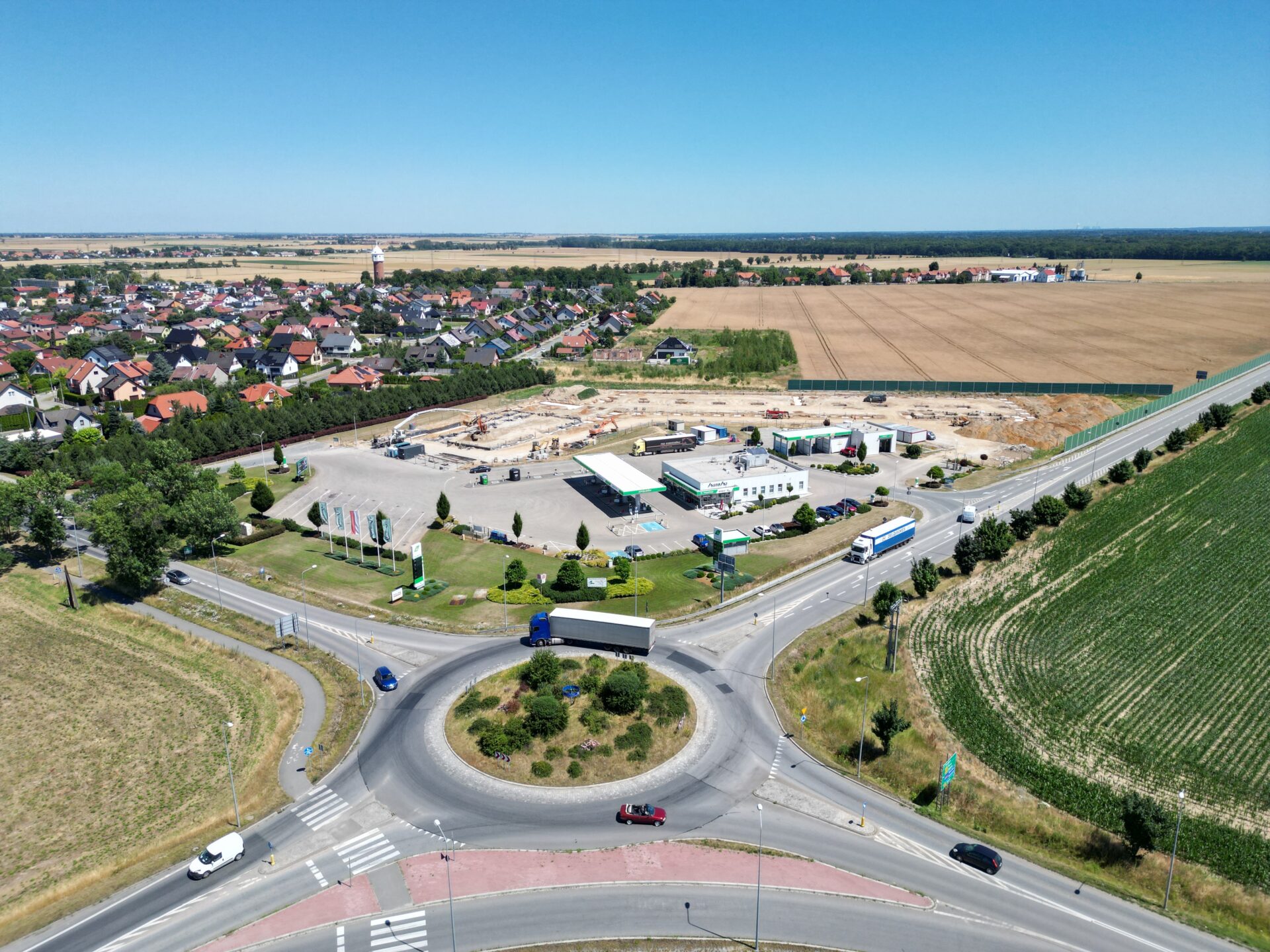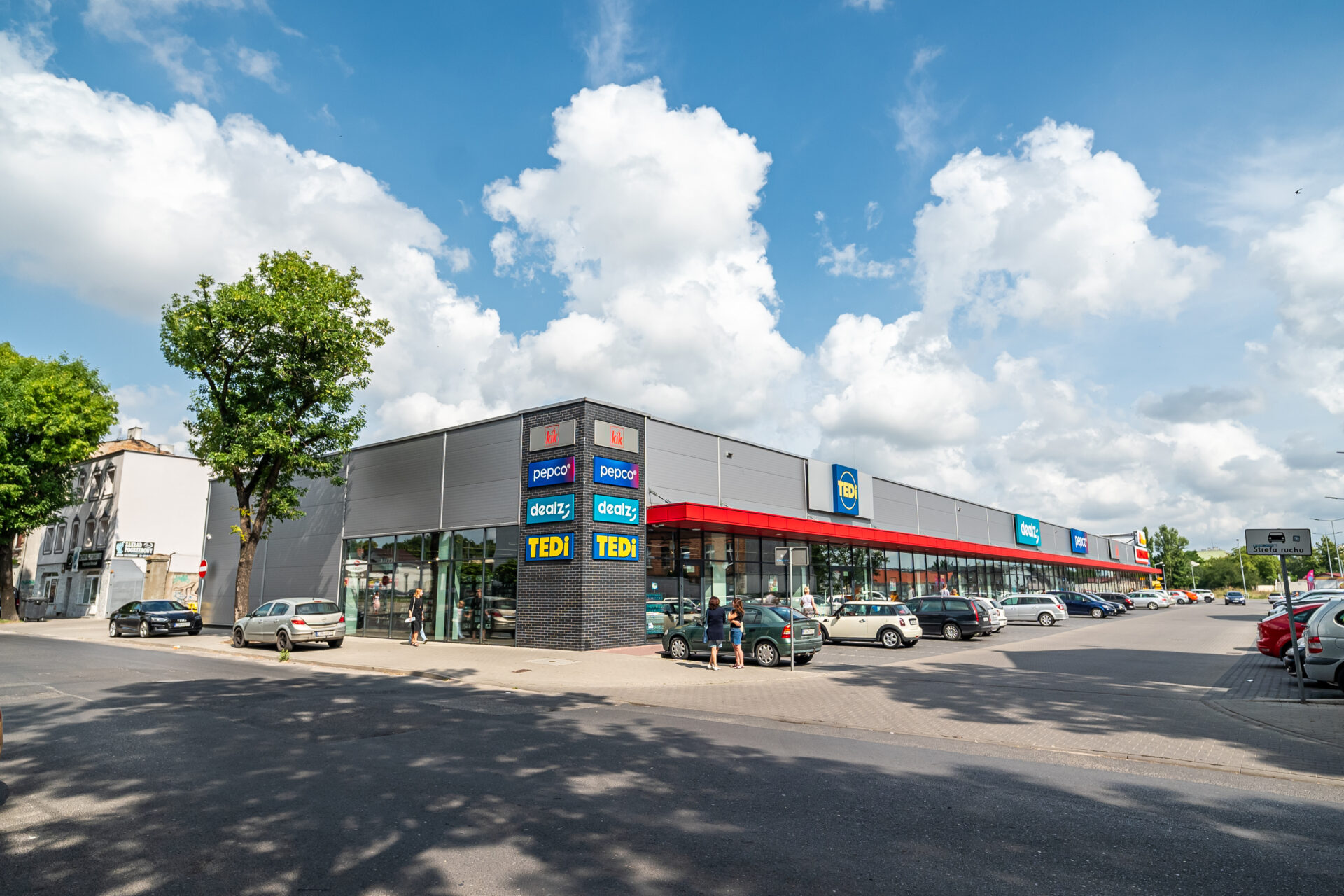FMCG discounters have been going from strength to strength throughout Poland in recent years and have attracted growing levels of consumer interest amid the pandemic. What are the growth opportunities for this sector? Jakub Sadowski from global real estate services firm Cushman & Wakefield talks about the direction discount retailers are now heading in.
Discounters on a growth trajectory
Proximity, easy access, safety, an entrance to a store directly from a car park and a relatively small floor space allowing for quick shopping are some of the reasons why consumers have clearly favoured visiting discounters in recent months. Additionally, with remote working being so widespread, large shopping centres anchored by hypermarkets have seen footfall rates fall. Nearby standalone stores and retail parks with food discount retailers are increasingly the preferred choices for customers.
Such discount chains as Biedronka, Lidl, Aldi, and Netto continue to grow. The last-mentioned retailer is taking over Tesco’s stores whereby it will expand its network from 400 to around 700 locations, which is yet another confirmation of this trend. The market is, of course, becoming ever more saturated. However, given the potential of smaller towns targeted by food discounters and the fact that many investors tend to consider retail parks to be relatively resilient to the pandemic, the outlook for FMCG discounters in Poland remains very positive.
New hard discounters in Poland
Leading discount retailers in Poland can no longer be hailed as hard discounters. Biedronka, Lidl, Netto, and Aldi continue to enhance the quality of both their stores and products, which – alongside low prices – is critical to the average consumer. This, however, does not mean that there is no room for hard discounters on the Polish market such as Mere and Vollmart. Due to the pandemic and the ensuing uncertainty over employment status and financial liquidity, Polish people are now making more informed purchases, with low prices and special offers being increasingly important.
The quality of stores and product displays has clearly lost some of its relevance. This presents an opportunity for new discounters who have opted for no-frills stores to ensure the most competitive prices for customers. In such retail facilities, there are no product newsletters or marketing campaigns, and some store fit-out elements or typical shelves are also absent, while products are picked directly from palettes or cardboard boxes. The price is key. A more limited assortment of products could, however, be a drawback as highly perishable goods, for instance, will not be available.
Investing in e-grocery retailing
Online grocery sales now account for around 1 percent of all FMCG sales. Shopping for food in this way has not become a regular habit yet, while clothing, footwear and electronics are bought over the internet far more often. Nonetheless, interest in this sales channel continues to grow, with e-shoppers largely being young people who feel comfortable with using innovations and new technologies. It is estimated that a third of those buying food online are aged 25-34.
Substantial differences across age groups of online grocery buyers will, however, diminish over time. The technologically savvy generation will age, with new consumers being used to online shopping. It is important that food retailers maintain a high quality of customer service. All market players should, therefore, be ready to invest heavily in this sales channel. Before anything else, online grocery shopping must guarantee quick and correct order picking, fast delivery, click&collect, and – if something goes wrong – a swift complaint handling or return service. E-customers should be treated on a par with brick-and-mortar shoppers and enjoy the benefits of special offers and loyalty cards available from physical stores.
Although online sales still account for a small proportion of the turnover reported by grocery retailers, they are likely to grow going forward. The pandemic has only accelerated the expansion of omnichannel sales models and demonstrated that the turnover growth expected to be posted by e-retailers will be well above that anticipated a year ago.
Delivery – own or outsourced?
Cooperation with a delivery platform will certainly help cut the costs of launching this sales channel on one’s own. It will also allow for using ready-made solutions and an existing delivery network and for minimizing potential losses associated with “learning from one’s own mistakes”. It may also be an interesting way to test whether e-retailing works for a retailer, as well as a way of operating on a regular basis.
A drawback of this solution is the lack of an opportunity to build a private label brand. Consider Biedronka, where shopping is not done on the retailer’s platform, but with the Glovo app. And shopping will be delivered by a courier with a Glovo brand on, not that of Biedronka. Another disadvantage is that a customer using a delivery platform has to switch from the website of the preferred grocery retailer to that of the delivery platform.
It is therefore most logical for retailers to draw on the experience of delivery platforms and make decisions with profitability in mind, while the additional step taken by a customer will not hinder the whole process. The consumer will rather hope to receive the correctly completed order on time and to save time. The logo on a delivery man’s T-shirt will be largely irrelevant.







